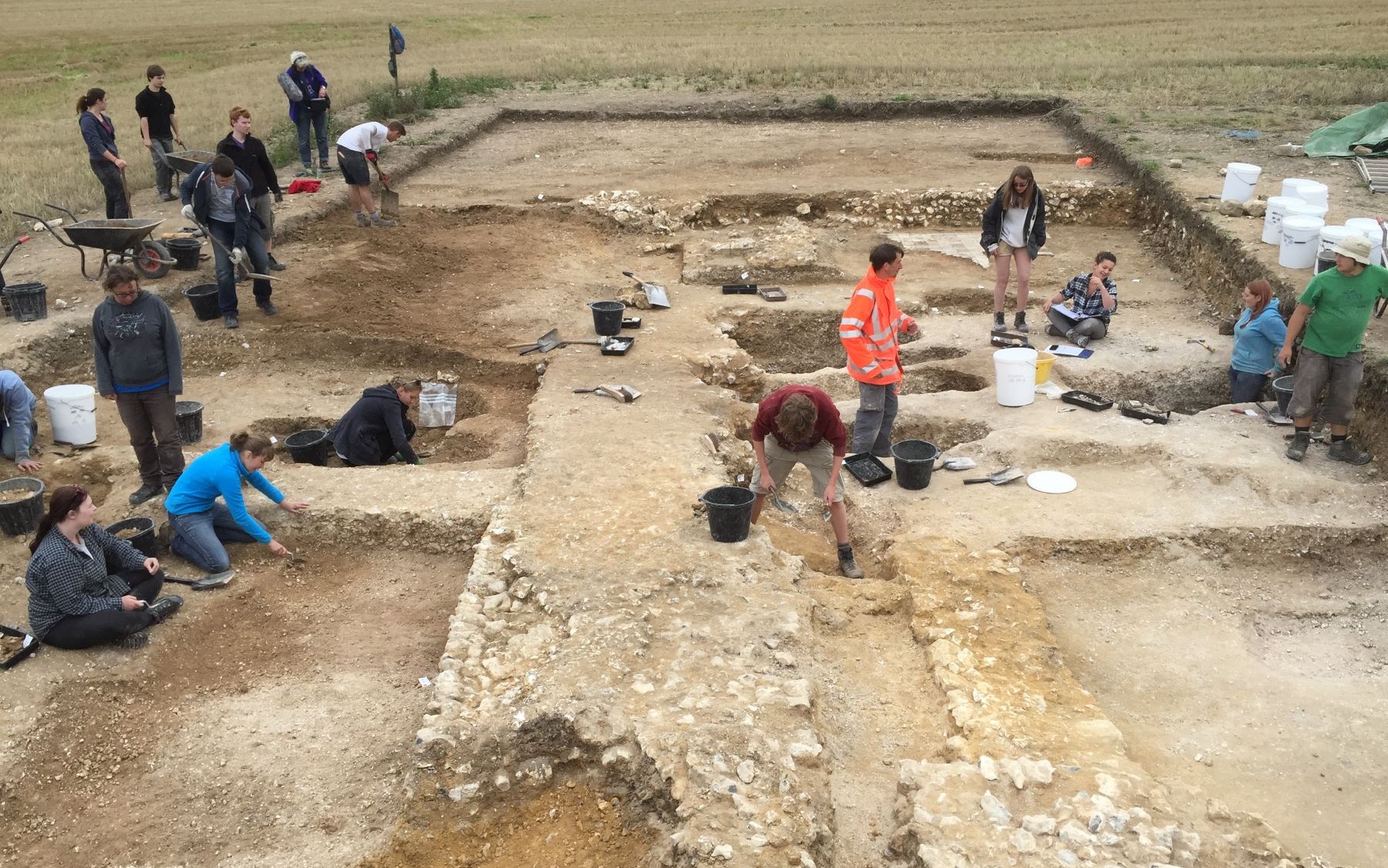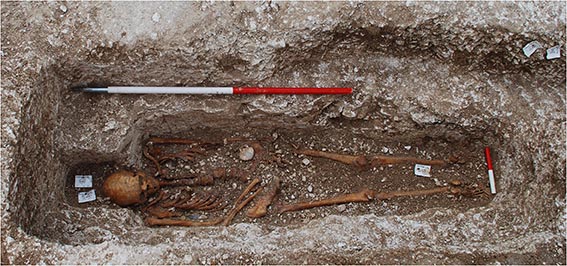
Red Squirrels may have passed leprosy onto humans in medieval times, according to a new study co-authored by academics from the University of Winchester.
However, the cute tufty-tailed mammals do not pose a risk to modern day humans say health experts.
The new study, published in Current Biology, was based on examining remains found by Winchester archaeologists at the site of a medieval leprosy hospital excavated at Magdalen Hill (pictured top) which has proved fertile ground for research.
Researchers analysed DNA from 25 human and 12 squirrel bone samples from the site of the hospital and a nearby pit used by furriers.
The leprosy strain recovered from the medieval red squirrel bones is closer to the medieval human strains than it is to those found in the modern-day rodents, says the new study.
It is the first time a link has been made between leprosy and any animal in the medieval period.
Transmission may have taken place when furriers were handling the skins of the animals. Squirrel fur was often used to line and trim clothing in the medieval period.
The report, published earlier this month, numbers among its authors Simon Roffey, Phil Marter and Heidi Dawson-Hobbis from the University of Winchester School of History, Archaeology and Philosophy alongside academics from the Institute Evolutionary Medicine at the University of Zurich, the Department of Environmental Sciences at the University of Basel, the Science Museum, the School of Oriental and African Studies, the Department of Archaeology at Cambridge University, the School of Archaeology at the University of Leicester, and the Department of Microbiology, Immunology and Pathology at Colorado State University.

“This is the first time that we found an animal host of leprosy in the archaeological record, which is really exciting,” said Dr Sarah Inskip from the University of Leicester, told The Guardian.
She said there would need to be more investigations into how the diseases passed between human and animals and she did not rule out the possibility that it was people who had infected squirrels in the first instance and transmission then ‘ping ponged’ back and forth.
Public Health England says that although some red squirrels do carry leprosy today there has never been a reported case of humans catching the disease from the animals and the chances of infection are very low.
The UK’s red squirrel population (around 160,000) is now far smaller than it would have been in England in the 10th and 11th centuries.

Simon Roffey: “It’s amazing to see how far we have come from launching the project in 2007 as a small geophysics exercise for our students, then seven years of excavation on the hospital site and countless dissertations and even a PhD.
“Now the site and the work of our staff and students is internationally recognised. We have featured on international news, TV and popular books and have, in our skeletal material, one of the most extensive collections for the study of ancient disease anywhere in the country.
“We’ve come a long way and what excites me is that our archaeological research is still continuing both on the bones and artefacts but also through our current training excavations exploring the broader sites and landscape of Morne Hill.
“It’s also wonderful, and fairly unique I would say, that all of this has involved our students at every level.”
Digs on the site began in 2008 and formed the context for the training of archaeology undergraduate students at the University in excavation and recording.
Over seven years the excavations revealed evidence for more than 100 burials as well as a chapel, infirmary and almshouses.
Dating of the burials and associated artefacts on the site revealed that the hospital was the earliest scientifically dated hospital in the UK and it has become one of the most comprehensively excavated leprosy hospitals in Europe.
Broadcaster Alice Roberts, presenter of TV’s Digging for Britain devoted a whole chapter to the site in her recently published book Crypt: Life, Death and Disease in the Middle Ages and Beyond.
Back to media centre